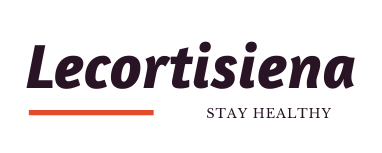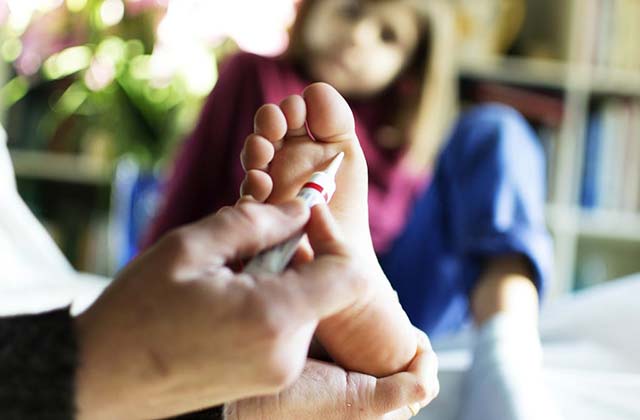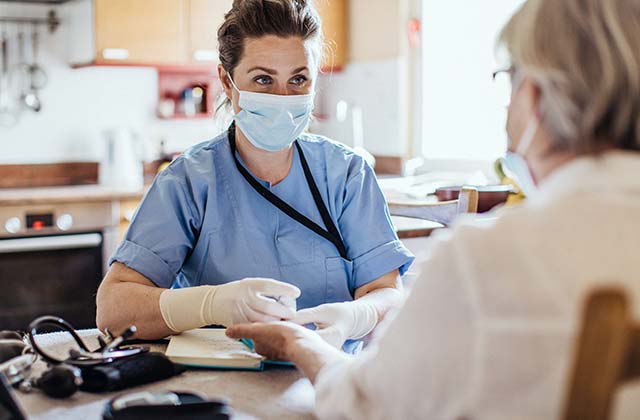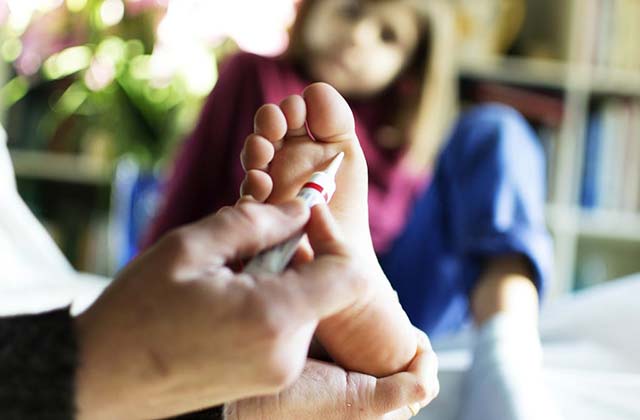Warts are non-cancerous or benign skin growths that develop on different parts of the body and come in various forms. They are caused by the human papillomavirus or HPV infections. They are harmless but are contagious. They may go away on their own, some may take weeks, months, or even years.
Conventional treatments for warts include chemical peels, freezing, surgery, and laser surgery. These treatments are can be expensive and may cause skin irritation afterward. Another option is to try natural home remedies for a more affordable treatment for warts.
Common Types of Skin Warts
· Plantar
These are the rough and spongy surface that is found only on the soles of the feet. They are gray or brown with dark specks. The clustered plantar warts are also known as mosaic warts.
· Flat
These are flat or slightly raised warts. Smooth and pink in colour. They are mostly found on the face, shins, and hands. They are smaller and less common than other warts but often appear in large numbers.
· Common
These are raised, rough surfaces, and sometimes with dark specks. They are mostly found on the hands but may also appear anywhere.
Treatment for Warts
According to studies, about half of warts go away on their own within a year and two-thirds within two years. But some experts recommend immediate treatment to reduce the amount of virus shed into the nearby tissues and to have a lower risk of recurrence. If you prefer not to wait, here are several treatment options:
- Salicylic acid
Salicylic acid is the only topical treatment (a treatment that is directly applied to the skin) that outperforms a placebo. This treatment is not costly, has minimal side effects, and comes in various over-the-counter preparations that include gels, liquids, and patches. The concentration should range from 17% to 40%. Stronger concentrations should be used on thicker skin. To treat a wart, soak it for 10 to 15 minutes in the shower or bath, file the dead warty skin away with an emery board or pumice stone, then apply the salicylic acid. Repeat the process twice a day for 12 weeks. Continue the treatment for a week or two after the wart goes away to help prevent a recurrence.
- Duct Tape
A study shows that duct tape can be compared to cryotherapy in warts removal. In the study, the subject wore duct tape patches over their warts for six days, removed the patches, soaked and filed the warts, then left them uncovered overnight. They followed this procedure for two months until the warts disappeared. According to this study, duct tape was 45 percent more efficient than cryotherapy.
- Freezing
Freezing, also called cryotherapy, is a procedure where a clinician swabs or sprays liquid nitrogen onto the warts and their surrounding area. The extreme cold burns the skin, causing redness, pain, and blisters. This treatment usually takes three to four treatments, one every two to three weeks.
- Other Agents
If your warts do not respond to standard therapies, they may be treated with prescription drugs. Imiquimod (Aldara), a topical immunotherapy drug, is a standard therapy for genital warts. This can also be used to treat skin warts.
- Zapping and Cutting
Electrodesiccation or curettage is the technical name for this treatment. Local anesthesia is used in this treatment as the clinician dries the wart with an electric needle and scraped it with a scoop-like instrument called a curette. This option is usually used for warts that do not respond to other treatments.
- Banana peel
Banana peel contains potassium and is said to fight the human papillomavirus or HPV. But no research is linked to potassium as a treatment for warts or any viral skin infection.
- Apple cider vinegar
Apple cider vinegar is thought to work as salicylic acid does. Vinegar also contains natural antimicrobial properties that may help fight HPV. For this treatment, mix 2 parts apple cider vinegar and 1 part water, then soak cotton in the mixture. Place the soaked cotton on the wart and cover it with a bandage. Leave it there for three to four hours.
Diluting the apple cider vinegar with water is important as the acidity may cause irritation and chemical burns to the skin.
- Aloe vera
Aloe vera gel is used for skin conditions like burns and psoriasis. The gel may provide relief for the itchy or painful feeling in your warts.
When to see a doctor? Some skin cancers can resemble warts at first glance. If your warts do not change much in size, shape, or colour, then you probably don’t need a clinician. But if you are in your 50s and develop new warts, consult your dermatologists. Be suspicious of any warts that grow or bleeds. For further inquiries about warts, you can go to a walk in clinic Thunder Bay. You can also book an online consultation there.




